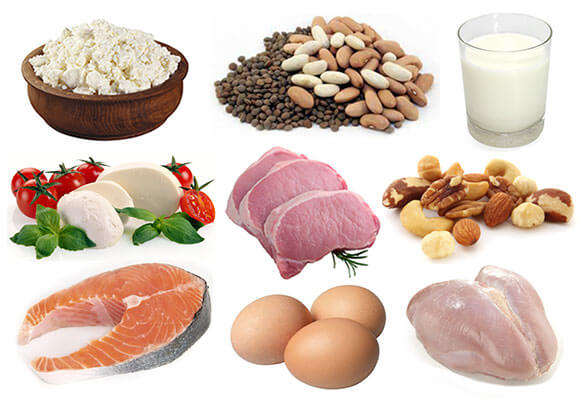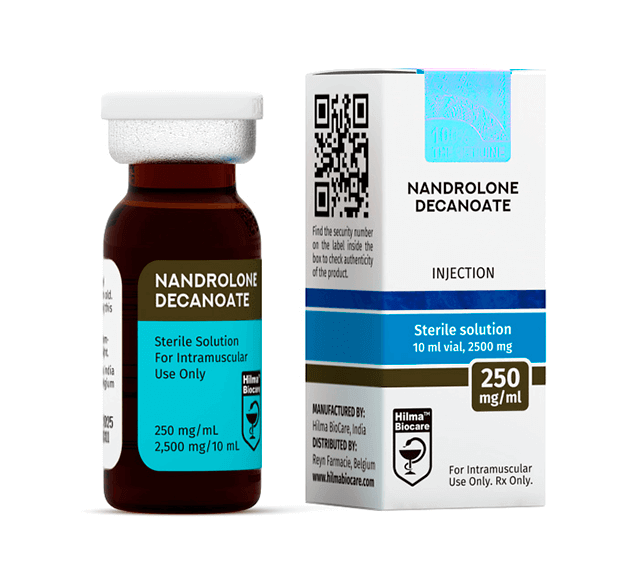Diet and Nutrition

Diet and Nutrition

The Deca Durabolin (Nandrolone) Dieting Guide
Aside from training correctly, maintaining an appropriate diet is imperative to getting outstanding results from any steroid cycle.
Your diet won’t change from using one compound to another. So if you can set up healthy eating habits that are based on your individual traits, you pretty much have every AAS covered.
We’ll show you how to set up your diet below but keep in mind that it’s important to listen to your body and monitor your progress. Diet plans such as these are a guide rather than a manual and allow you the freedom to make adjustments as needed.
How Many Calories Should I Eat?
To build a decent amount of lean muscle you must know how many calories to eat daily. If you don’t keep a check on this you will almost certainly not eat enough to take advantage of the benefits of Deca. Your daily calorie total will vary on your training days and your rest days.
Bulking Cycle
On Training Days you will consume 20 calories per pound of bodyweight.
Cutting Cycle
On Training days you will consume 14 calories per pound of bodyweight

Macronutrient Ratios
Of course, we know that not all calories are the same and that they are made up of various macronutrients. Getting the macronutrient ratio correct is important for gaining quality lean muscle that is easily maintained after your cycle ends.
To help you with calculating your macronutrient split, an online calculator can be found at http://macronutrientcalculator.com/ – It is especially helpful because it gives you the split for high/moderate/low carb and also keto diets.
When you examine the micronutrient percentages of your diet, you need to come to a total of 100%. Therefore, if you are eating more of one macronutrient, you should decrease another macronutrient so the total always remains at 100%. Regardless of your goal, your protein needs should be met first, then your fat and carbohydrates totals should be adjusted accordingly.

Protein
Supplying your body with a steady supply of protein is essential to produce optimal results. When protein is digested, it is broken down into specific amino acids. These amino acids have specialized functions and are what make up most solid matter in the body (skin, organs, bones and muscle). Our bodies can’t synthesize amino acids so we must get an adequate amount from food.
Protein itself is made up of different elements, including oxygen, nitrogen, carbon and hydrogen. By supplying your body with a suitable amount of protein, you will cause a positive nitrogen balance (an anabolic state). This is what allows you to build muscle.
If by contrast you don’t get enough protein daily, then you create a negative nitrogen balance and your body will go into a catabolic state instead. When this happens your body doesn’t have enough protein and energy coming in to fuel itself, and starts breaking down muscle to use as energy. This can be avoided by ensuring you get aprox. 30-40g of protein in every meal. This will also mean that your body is in an anabolic state all day. Any excess protein is converted to energy for your body to use.

Carbohydrates
Rather than burn protein as energy though, it’s preferable to use up carbohydrates instead. Carbs are the main source of energy for your body. Carbs also replenish your supply of glucose and glycogen to prevent fatigue.
Timing is important when you’re consuming carbs. Taken too late in the day, your body will store them as fat. Ideally you want to consume the most carbs in the morning, tapering off as the day goes on. At night you should opt for a meal high in protein instead. The reason is because you are expending less energy at the end of the day and preparing to sleep, therefore while your need for protein doesn’t change, your need for carbs lessens.
There are different methods for carb intake and the reason for this is because people’s bodies respond differently. Some people find it effective to cut out carbs completely during a cut, some like to cycle carbs daily while a popular belief is that once you figure out your daily protein and fat totals, you should fill the rest with carbs. It’s entirely up to you which method you choose.

Fats
Fats, along with carbohydrates, are used as energy by the body. Fat is also a necessary nutrient for health and wellbeing. Your body requires a certain amount of fat to function properly. Fat is responsible for cellular construction and is also involved in the regulation of most of your daily bodily processes. Monounsaturated fats reduce your risk of cardiovascular disease and even saturated fat has been reclassified as essential for proper cell membrane function
From a cutting perspective, displacing carbs by increasing fats sets the stage for optimal fat loss. How this works is that insulin, which is released by your body proportionate to the amount of carbs you eat, works as a traffic controller when it comes to nutrition partitioning. Therefore, when you lower insulin levels (by eating less carbs), your body is able to more readily access fat stores for use as energy, resulting in an overall lower body fat %.
The satiating effect of eating fat is something you should be taking full advantage of. Satiating fat helps you to feel full. When fat enters your small intestine, it sets off a cascade of signals, including the release of hormones CCK and PYY. These two hormones play a vital role in appetite regulation and leave you feeling satisfied and full.

Supplements
Whether your goal is to gain muscle, get stronger or lower your bodyfat %, supplements are as essential as your training and your diet. Not only can supplements help you to fill any nutritional gaps in your diet, they also help to return maximal results in muscle size and strength. Supplementation is a must for those who are serious about outstanding and ongoing results. These are the essential supplements you need.
Creatine
Creatine is one product that definitely delivers on its promises. It gives you the majority of energy you require for short and intense bursts of exercise (such as weightlifting, sprinting etc). It can enhance recovery and also increases muscle size and strength.
Creatine is naturally produced in the body from amino acids and can also be found in protein rich food such as meat and fish. However you would have to eat a lot of these foods to intake an adequate amount of protein and blow your daily calorie amount out of the water attempting to do so, therefore it makes sense to supplement with creatine.
How it works is by helping to regenerate a molecule called adenosine triphosphate (ATP). When your muscles’ creatine stores are depleted, the production of ATP is stopped, and your energy level drops dramatically. By supplementing with Creatine you will ensure you have enough energy to get through your workouts and recover in time for the next one.
BCAAs
Branch Chain Amino Acids (BCAAs) perform two main functions. They help build muscle mass during a bulk, and they also protect against catabolism (muscle loss caused by protein breakdown) during a cut.
Muscle loss occurs because your body increases protein breakdown to liberate amino acids from the muscle for use as fuel. Combined with the fact that protein synthesis is also decreased during this time due to reduced energy intake and you have the perfect recipe for a large amount of muscle loss.
This is easily reversed with the introduction of a BCAA supplement. BCAAs stimulate protein synthesis as well as increase synthesis of the cellular functions which are responsible for carrying out protein synthesis. Simultaneously, BCAAs decreases the activity of the components and expression of complexes that control protein breakdown. Therefore you are able to prevent catabolism as well as provide the optimal environment in which to supplement your diet with protein.
Protein Powder
Protein is used for the production and growth of muscle tissue. It also helps in the manufacture of nucleic acids, enzymes, hormones, and immune-structure components. Without protein our bodies couldn’t grow, and we wouldn’t be able to perform many of the functions needed to sustain life.
The best way to take in protein (and all nutrients) is in solid food, but when you’re watching your macros it can sometimes be difficult to get the required amount of protein without blowing out your daily calorie allowance, or consuming hidden fats. This is where protein powders and supplements prove to be useful. It’s a way of exactly controlling calorie density because with protein powders, you know exactly what the macro and micro nutrients are.

Deca Specific Supplements
There are some supplements and protections that are recommended to keep you safe during a Deca cycle or stack. It is highly recommended that you use these, as high levels of estrogen and prolactin can lead to several unwanted side effects arising, such as gyno and water retention.
An Aromatase Inhibitor is needed to keep estrogen in the low-normal range. Aromasin, taken 10mg Every other day is enough to prevent estrogenic issues asising.
An anti-prolactin drug is also needed to keep prolactin in the low-normal range. Cabergoline, taken 0.25mg every other day is recommended.


